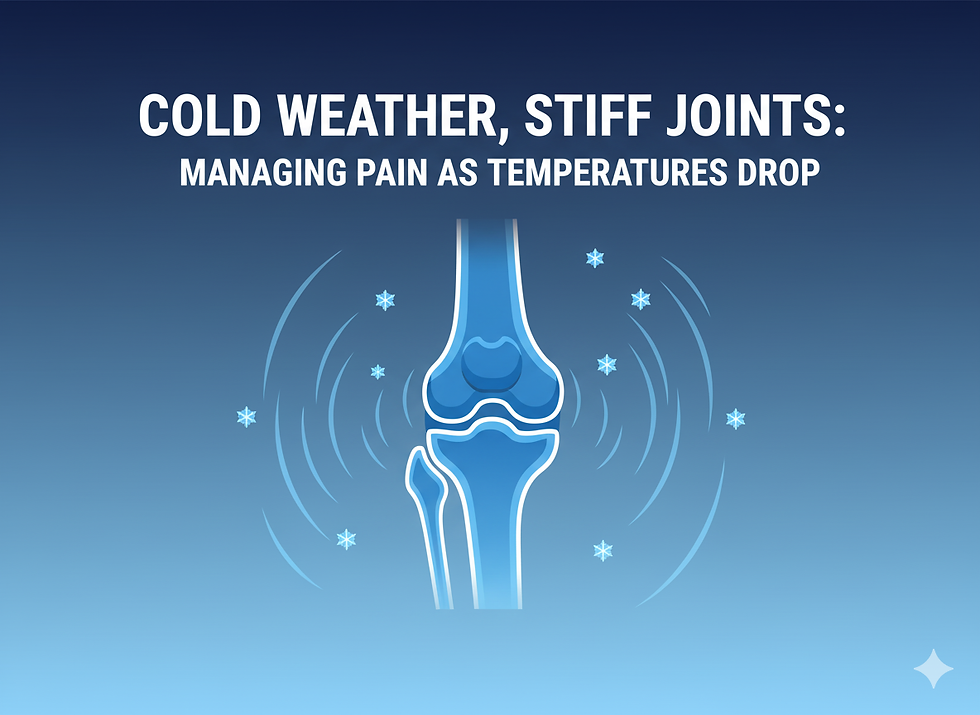Gearing up for Spring Running
- K-Town Physio

- Apr 24, 2023
- 4 min read
Updated: Apr 26, 2023
Running can be a great cost-free method for improving cardiovascular stamina and decreasing risk for developing illness. Along with its physical health benefits, running can be a fantastic way to improve mental health. The weather is lightening up to allow for more comfortable outdoor runs; great for taking time for yourself in the fresh air to listen to nature, some music or a podcast. It’s also fun to let your feet lead you as you explore new places in the city or even your own neighbourhood!
No matter your experience level, it is important to be aware of, and prepare yourself for, some of the risks of running, particularly outdoor running in the spring. The following recommendations are intended to ensure you are confident and well prepared for spring outdoor runs with minimized risk for injury.

Check your shoes
Before you start your outdoor running journey, check the state of your running shoes – if they have lost their traction, the grips are worn, or they have holes, it may be time to invest in a new pair. Your footwear should be comfortable and properly support your foot, allowing for natural foot motion.
Start slow
Many injuries occur when people jump into a new activity too quickly, without allowing their body to adapt to the new stresses on joints, ligaments and muscles. One easy way to ensure your start to spring running is comfortable and without injury, is to run intervals. One example would be running for 30 seconds followed by 1-2 minutes of walking. As you feel comfortable you can gradually increase your running duration.
Additional note: If you have had COVID-19 within the past year or so, you may have noticed that your stamina is not where you expected it to be; understanding that this setback is natural and having a plan to gradually work your way up to higher speeds and further distances (while incorporating rest periods) can help upkeep your motivation and prevent pain associated with overuse injuries.
Be mindful of terrain
Although hiking routes boast enjoyable scenery and calming sounds of nature, be mindful of the condition of the trail you are running on. Spring time rainy weather can create unstable and slippery surfaces which may increase your chance of injury. Keep an eye on the weather and choose your running path to suit your ability level.
Do an adequate warm-up
Starting off your runs with some basic mobility exercises can improve your running form and help prevent avoidable injuries by getting the blood flowing to your muscles and joints. The following are a few warm-up options:
Leg Swings (hip, quad, and hamstring warm-up)
Stand on one leg and swing your leg in front of your standing leg, then out to your other side. Keeping your knee bent encourages a hip warm up while straightening your leg dynamically stretches your hamstring and calf muscles.
Complete 10-20 leg swing cycles on each leg, gradually increasing your swing height.

Knee Circles (knee and ankle warm-up)
Stand with your feet together, knees bent, and hands on your knees.
Rotate your knees clockwise 10 times and counter-clockwise 10 times.

High Knees (whole body warm-up)
Stand on one leg and hop onto the other while bringing the free leg up to your chest leading with your knee.
Repeat back and forth, cycling through at a gradually higher speed.
This exercise can be completed while jogging on the spot or in a forward motion. Aim for 30 seconds of High Knees and be mindful not to bring your chest down to your leg.

High Knees with a Kick (extension of High knees)
While performing High Knees in a forward jogging motion, straighten your leg when your knee is at its highest point so that your leg is now parallel to the ground.
Bring your leg down, repeat on the other side, and continue for 30 seconds.
The goal of this exercise is to engage your hip flexors and quads for proper activation of your muscles while running.

Butt Kicks (hamstring warm-up)
In a jogging motion, exaggerate your knee bends but kick your heels backwards, with the goal of touching your heels to your buttocks. Continue for 30 seconds.
Similar to the High Knees, this exercise can be done on the sport or in a forward direction.

Article prepared by Tina Imnaishvili - Queen's University Kinesiology Placement Student
If you would like more information about preparing to run and some other options for strengthening exercises, feel free to re-visit 5 Exercises to Prepare for a Successful Running Season posted on our website in May of 2021 by K-TOWN physiotherapist Stephanie Barnes.
If you have any additional questions, or notice any aches or pains with your start to spring running, reach out to the physiotherapists at K-TOWN Physiotherapy. They’ll complete an assessment and, with your input, formulate a treatment plan to get you back to running!
References
Asics. (2022, July 18). How to warm-up before running: Asics. ASICS Blog. Retrieved March
21, 2023, from https://www.asics.com/nz/en-nz/blog/article/how-to-warm-up-before-running
Barnes, S. (2021, May 6). 5 Exercises to Prepare for a Successful Running Season. KTOWN
Physiotherapy. https://www.ktpt.ca/post/5-exercises-to-prepare-for-a-successful-running-season
Lee, D. C., Brellenthin, A. G., Thompson, P. D., Sui, X., Lee, I. M., & Lavie, C. J. (2017).
Running as a key lifestyle medicine for longevity. Progress in cardiovascular diseases, 60(1), 45-55.
Oswald, F., Campbell, J., Williamson, C., Richards, J., & Kelly, P. (2020). A scoping review of
the relationship between running and mental health. International journal of environmental research and public health, 17(21), 8059.



